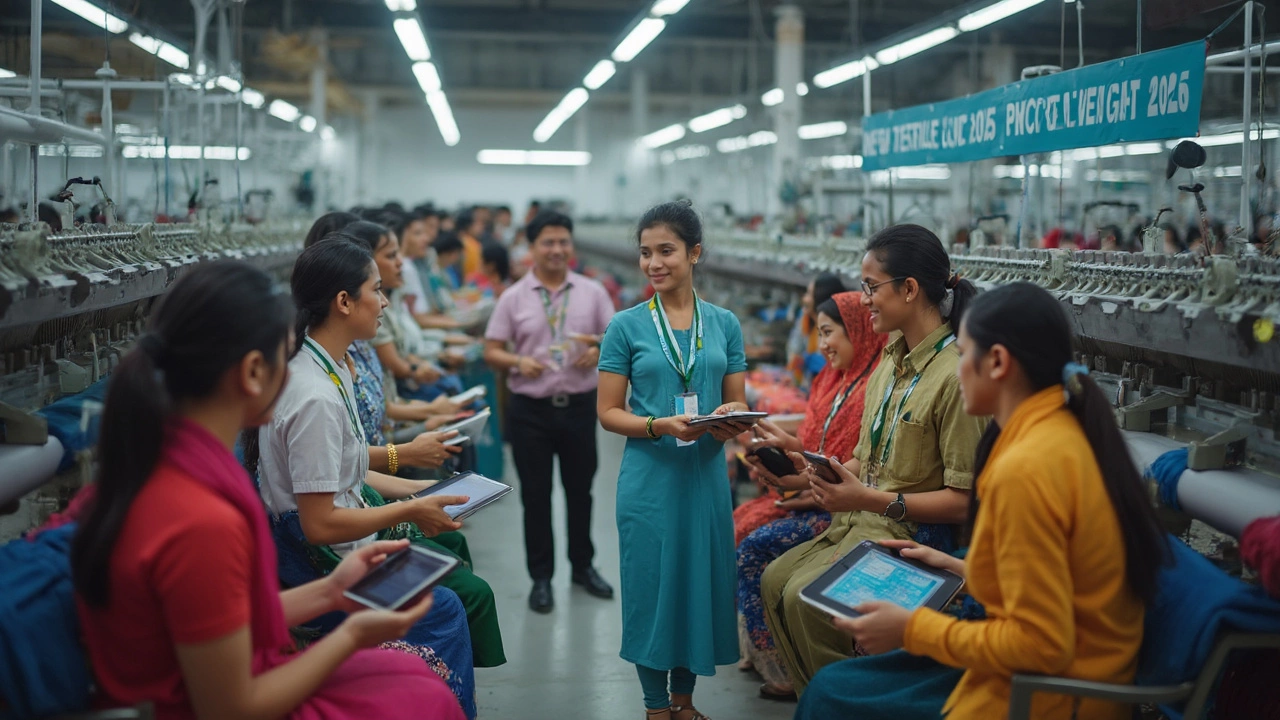New Textile Regulations: What Indian Manufacturers Need to Know
India’s textile sector is buzzing with fresh rules that could change how you run your factory or supply chain. Whether you’re a small‑scale weaver or a large garment exporter, these regulations touch cost, quality, and even export eligibility. Let’s break down the key points so you can adapt fast and avoid costly surprises.
Why the Government is Tightening the Rules
The Ministry of Textiles rolled out the latest amendments to address two big concerns: global competitiveness and environmental impact. First, foreign buyers are demanding stricter quality checks, so the government wants Indian products to match international standards. Second, the push for sustainable production means stricter waste‑water limits, energy‑efficiency targets, and mandatory use of eco‑friendly dyes. In short, the new regulations aim to boost sales abroad while protecting local resources.
Core Elements of the New Regulations
1. Quality Certification Upgrade – All manufacturers now must obtain the Textile Quality Assurance Certificate (TQAC) within 12 months. The certificate covers yarn strength, colorfastness, and fabric dimensional stability. The process involves a third‑party lab test and a brief audit of production records.
2. Water‑Use Norms – Plants using more than 500 L of water per kilogram of fabric must install a recycling system that captures at least 60% of effluent. Non‑compliant factories face fines up to ₹200,000 per day.
3. Energy Efficiency Mandate – From July 2025, any new weaving line must use motors with a minimum efficiency rating of IE3. Existing lines can be upgraded within three years to avoid penalties.
4. Labeling Requirements – Every finished garment must display a QR code linking to a digital compliance report. The report shows raw material origin, chemical usage, and carbon footprint.
5. Export Documentation – Exporters need to submit a “Sustainability Declaration” alongside the usual customs paperwork. The declaration confirms adherence to the water‑use and energy norms.
These five pillars form the backbone of the new textile regulations. Missing any one of them can delay shipments, attract fines, or even bar you from certain markets.
Practical Steps to Stay Ahead
First, audit your current processes. A quick internal checklist—covering certification status, water‑usage meters, motor ratings, and labeling—will reveal the biggest gaps. Second, partner with a certified lab early to schedule TQAC testing; the sooner you start, the smoother the approval.
Third, invest in water‑recycling equipment that matches the 60% recovery target. Many local vendors offer modular systems that fit existing pipelines, cutting both cost and downtime. Fourth, upgrade motor controllers to meet IE3 standards; the ROI often shows up within two years through lower electricity bills.
Finally, set up a digital compliance dashboard. Simple spreadsheet tools can track each batch’s QR code data, making the export declaration a matter of copying a row instead of hunting for paperwork.
Don’t overlook training. Workers need to know how to record data accurately and operate new equipment safely. A half‑day workshop can reduce errors by up to 30%.
Staying compliant isn’t just about avoiding fines; it also opens doors to premium contracts with brands that value sustainability. When you can prove that your fabrics meet high‑quality and eco‑friendly standards, you become a preferred supplier.
Keep an eye on updates from the Ministry of Textiles. They release quarterly bulletins that clarify ambiguous clauses and sometimes extend compliance deadlines. Subscribing to their newsletter or following their official Twitter handle ensures you won’t be caught off guard.
In a nutshell, the new textile regulations are a mix of quality, environmental, and documentation demands. By mapping your current operations against these requirements, investing in the right upgrades, and building a simple compliance workflow, you can turn the rules into a competitive advantage rather than a hurdle.

India Textile Policy: What’s Changing for Manufacturers in 2025?
This article unpacks India’s new textile policy and what it means for manufacturers and exporters in 2025. Learn how government incentives, compliance rules, and tech upgrades are setting the groundwork for industry growth. Discover what’s changing with labor, exports, and sustainability. Get practical tips so you can stay ahead with industry shifts. Find out what’s in it for businesses—big or small.
Read More